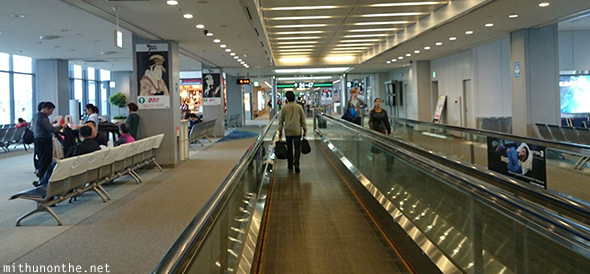Date: April 1, 2015
Sigh. Time to say goodbye to Japan. On a cold early morning, I got out of my bunk bed, freshened up, used the wonder that are Japanese toilets for the last time.
I brought down my luggage, had a light breakfast and left Space Hostel. It was a bit of a struggle lifting my stuffed suitcase across steps and onto the subway platform but I figured the trains would be the quickest way to Ueno park. I planned to take the Keisei Airport Express Skyliner train to Narita Airport. It would the quickest and the most convenient option for me — even though it costs more than taking a bus to Narita.
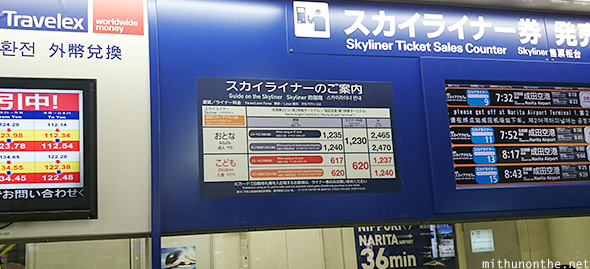
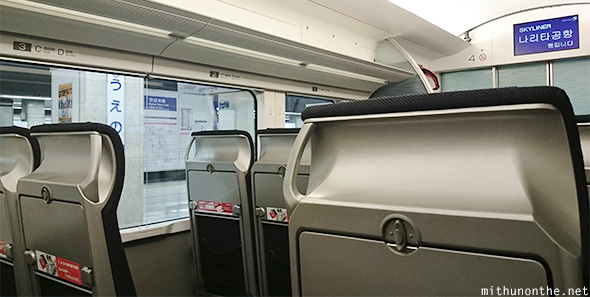
The Keisei Airport Express is not a ‘bullet train’ but it will get you from Ueno to Narita Airport — 71 kms away — in 40 minutes.
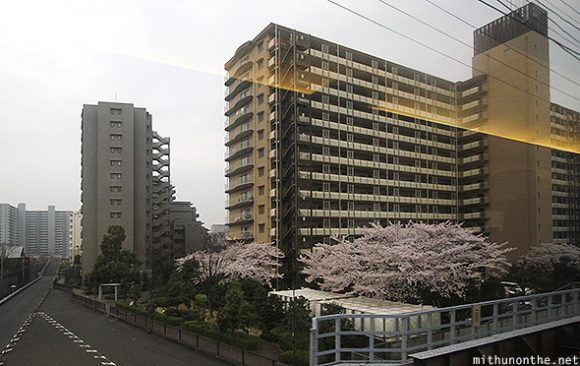
As the train whizzed past big city Tokyo, I was getting that feeling. It always creeps in at the end of a journey. The feeling of “Man, I’m gonna miss this place and I can’t wait to visit again!”.
Tokyo is an amazing city. The most populous city in the world and one of the largest — and yet it is also one of the safest and cleanest. Which is amazing when you think about it. Of course, a lot of that has to do with the people of Japan itself and how culturally different they are from others.
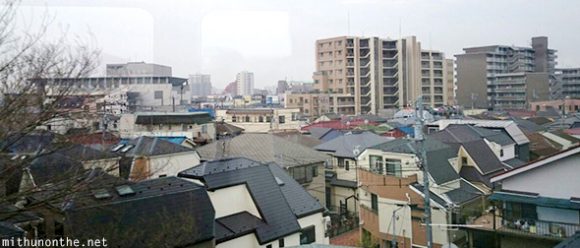
At one point of time I dreamt about living and working in Japan. Back then I was enamoured by Japanese pop culture to a point I assumed life in Japan would be nothing but fun. Then I read and learnt a lot about the Japanese work culture. After having gotten used to a very open and fun work environment of an American internet company, the thought of working an office rife with bureaucracy and rigid behaviour (official or unofficial) kind of dampened my interests. Work hours are long and highly stressful. It’s why Japan still has one of the highest suicide rates in the developed world.
Despite its image of a tech-savvy, robot-loving, future-looking nation — Japan still lags behind its peers in some ways. And it’s visible when touring Japan. It’s very much a cash-based society. Many shops accept credit cards but you will find most businesses still deal in cash. For every step forward in technology, Japan is still stuck at a few steps back with some technologies. For example, sending faxes are still quite common at Japanese workplaces — in an era where most of us just use emails and send scanned photos. Most Japanese websites are poorly coded (and designed) and inferior compared to how modern-day websites are built elsewhere. I was made aware of this back in AOL days with horror stories of what it was like working with our Japanese partners. It’s why so many Japanese firms have offices in Bangalore, to mostly help out with software.
Sexism and the role of women is still quite “Asian” if you get what I mean. There are women-only coaches on public trains in Tokyo for the same reason they exist back in India. Their education system is still pretty rote when it comes to teaching, again, something they share with their Asian counterparts.
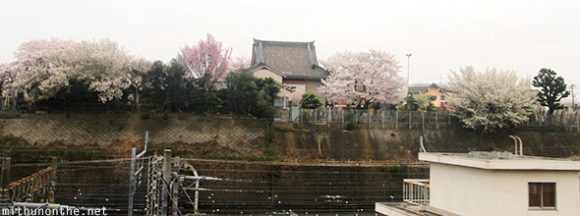
But none of this takes away from the fact that, for the most part, life is very peaceful in Japan. And politically, Japan likes to maintain that image of peace even with its foreign relations. This despite being a nation with a notorious war crime history, with atrocities committed by the Japanese Imperial Army in Korea, China and even all the way in India. Post World War 2, Japan rebuilt themselves from the ashes to become one of the most peaceful nations in the world. Other than China and South Korea, politically, not many nations hold a grudge against Japan even today.
Japan’s biggest threat is mother nature, not another country. Prone to earthquakes and tsunamis, more lives have been lost to natural calamities than to terrorist attacks. Speaking of which, Japan barely has any of the latter either. There haven’t been any mass riots in decades and the Japanese don’t fight over religion. Mostly because they’re not very religious themselves. Spiritual – yes, religious – no (there’s a difference). They don’t accept many refugees and Japan continues to be very strict with the influx of foreigners — no matter what they are in the country for. Call it cold-hearted or selfish all you want, but going by what some European nations are experiencing these days, I won’t blame the Japanese government.

I was immersed in anime and video games at an early age. Being fortunate enough to have grown up outside India since the 1980s, I grew up watching cartoons and playing video games, all made in Japan. Ahh, “Made in Japan” — remember seeing that meant you were buying something of a better quality? Like many other Japanophiles, all this exposure to Japanese pop culture and electronics helped kickstart my fascination with this country. It’s amazing that after all these decades, Japan continues to be a dominant player in exporting pop culture. They have competition from South Korea, yes, but Japanese cartoons are still watched and recognized by millions around the world much more than Korean pop music videos are.
Is Japan perfect? As a truly developed and industrialized nation… not quite. No country is. The only thing that took me by surprise was seeing homeless people come out at night in cities like Tokyo. I never took a photo of them because somehow I felt like I shouldn’t — but homeless people do exist in Japan. Still, the gap between the rich and poor isn’t as wide as they are in United states or other developed nations. How many of you can name a Japanese billionaire? Think about it, despite how famous Japanese companies are globally, there still aren’t as many billionaires in Japan as you would imagine. In fact, India has more billionaires than Japan! Don’t believe me? Look at where Japan ranks in the list of most billionaires by nation.
And it’s largely because you won’t find the kind of selfish, corporate executive greed mindset so widespread in Japan. Japanese companies aren’t so trigger happy when it comes to laying off employees like American companies are. And if a company misses its financial targets or the CEO screws up big time, they actually apologize to the shareholders — in front of the media. Where else have you seen that?
Most Japanese citizens enjoy a quality of life that’s better than their peers in the industrialized world. Despite the fact Communism failed to thrive here, the social systems in place ensure that most Japanese citizens are taken care. Public education (even though not creative enough), healthcare, law & order — it’s all pretty good out here to live well. They have room for improvement of course, but none of it is critical. I mean, the Japanese have done very well for themselves all these years without blindly aping other nations!
The only critical problem Japan faces is its dwindling population. It’s the only country in the world whose native population is declining. Young Japan isn’t interested in marriage or starting a family as much. Much of it is due to the sheer cost of living in major Japanese cities, women who want to work and don’t wish to be relegated to housework, men blaming women’s “high” demands, and general lack of interest in the “family life” among the younger generation. Some women just choose careers, and some men choose to dream about being with idols half their age. Oh well, as long as they are content with their lives.
All that aside, Japan is one country that totally lived up to my expectations! I had a lot of built up expectations since childhood and my first visit fulfilled them completely. Hearing so much about Akihabara and then seeing it in person, it totally lives up to the hype! The bullet trains? Amazing! Japanese toilets? Even more amazing!

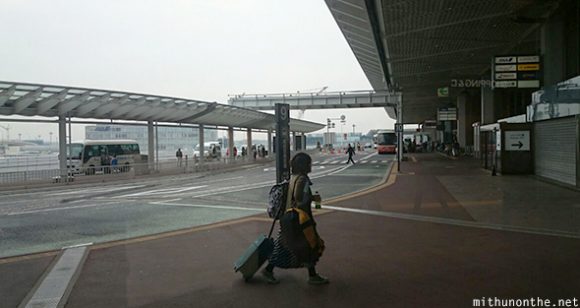
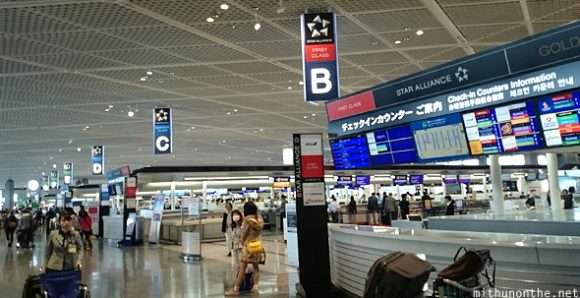
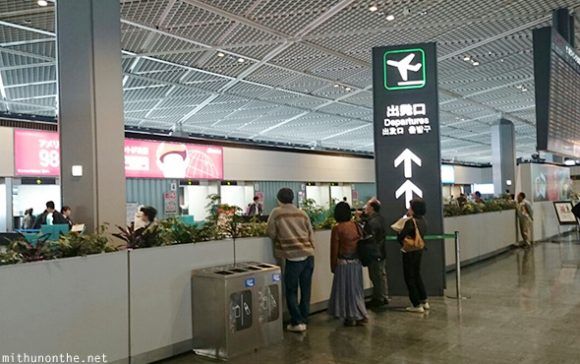
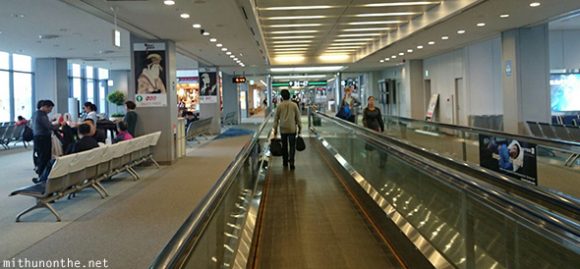
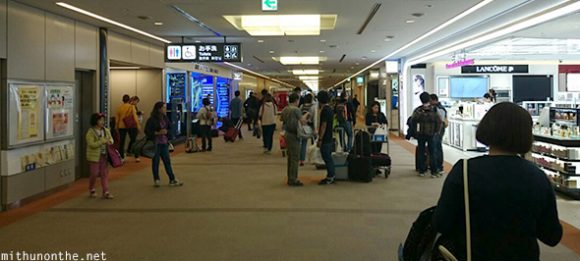
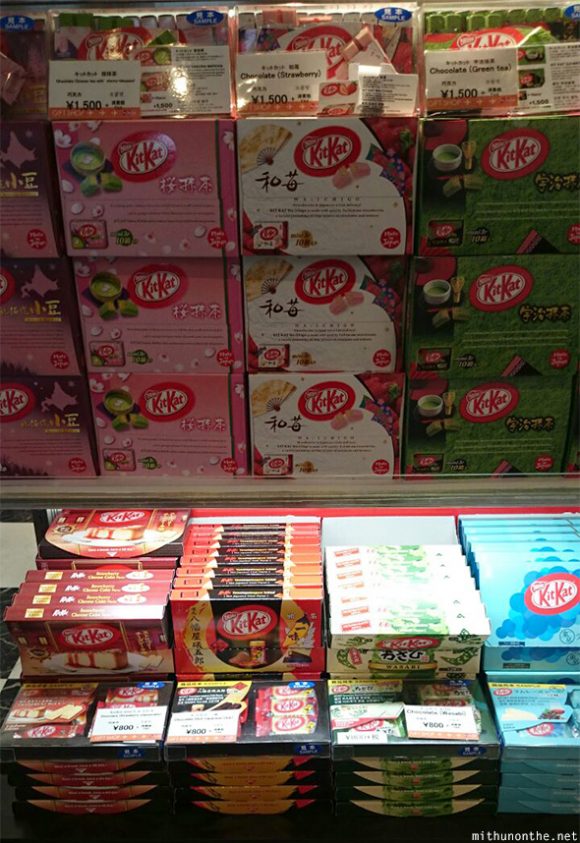

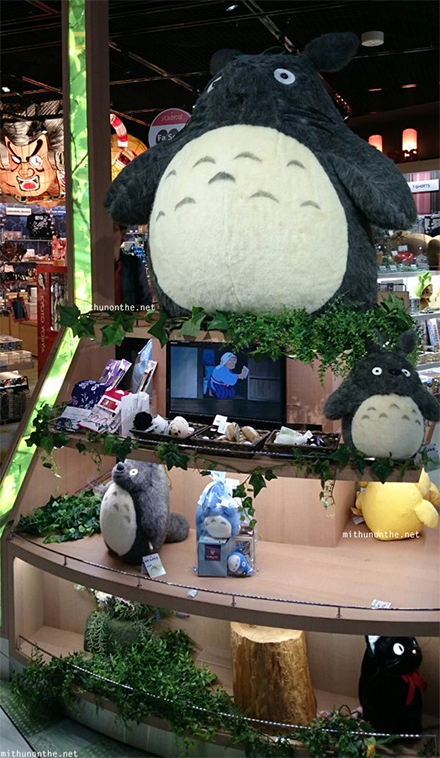


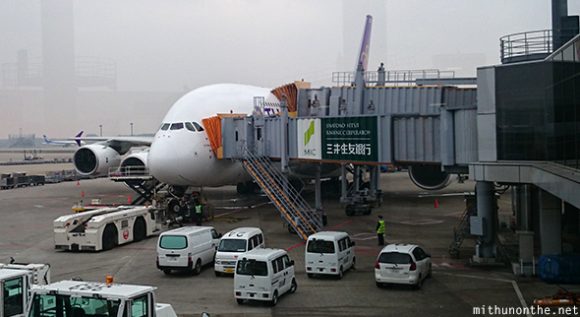
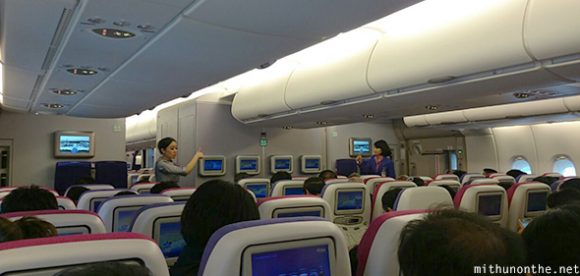
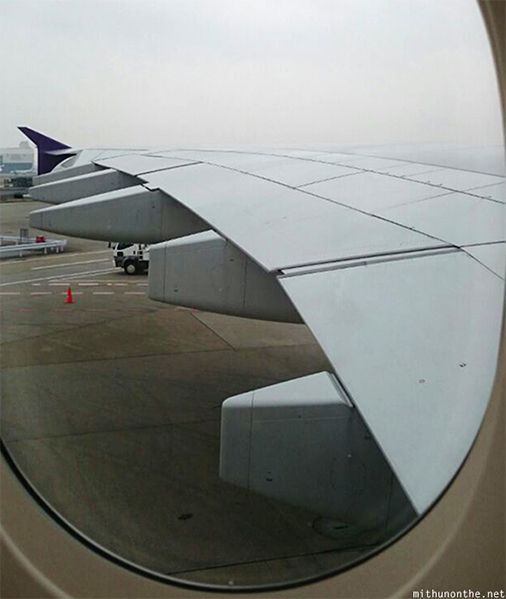

Sayonara (Goodbye) Japan! I’ll miss you :'( Stay awesome!
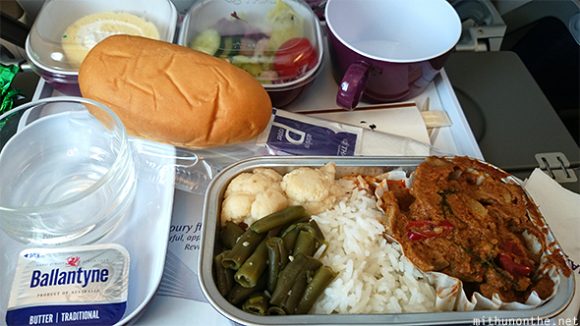
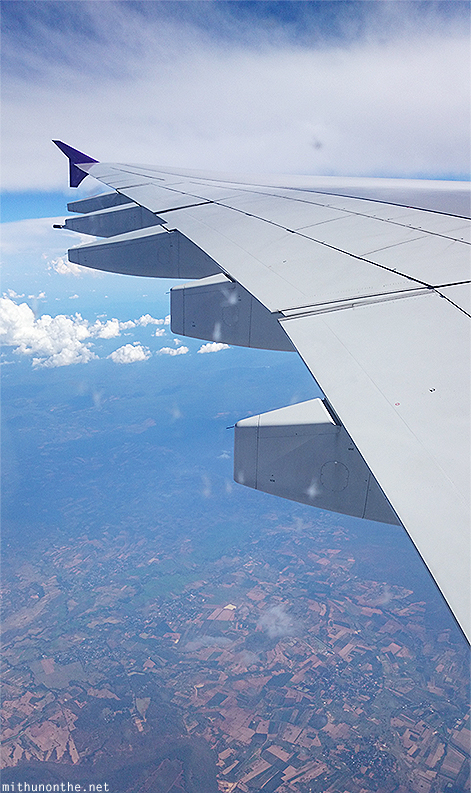

I have written 32 posts on this 9-day Japan trip. When I planned this trip, I felt I wasn’t seeing enough of Japan by just visiting Tokyo and Kyoto prefectures. But looking through all that I have published, I think I had a pretty good first visit to Japan. I hope you enjoyed reading about my Japan travels as well.
I landed in Bangkok on time. I would be spending a few short days in Bangkok and I’ll writing (maybe) 3 posts on the new things I saw this time around. Before that, I’ll write another post on tips for travelling to Japan — because I know many of you will end up reaching out to me for travel tips (I’m already getting quite a few questions).
Previous posts in this series:
Japan 2015: Ōwakudani sulphur springs, views of Mt. Fuji — and last night in Tokyo
Japan 2015: Hakone ropeway; onsen at Hotel Green Plaza
Japan 2015: Getting to Hakone; Lake Ashi sightseeing cruise
Japan 2015: Rikugien garden’s weeping cherry blossom tree
Japan 2015: Cherry blossoms in full bloom at Ueno Park
Japan 2015: Visiting Akihabara a second time, because why not?
Japan 2015: Harajuku at night — Takeshita Street
Japan 2015: Harajuku on a Sunday – Meiji shrine and Yoyogi Park
Japan 2015: Cherry blossom sightings at Shinjuku Gyoen
Japan 2015: Boat ride to Odaiba; giant Gundam statue at DiverCity Mall
Japan 2015: Cherry blossom celebrations by Sumida River
Japan 2015: Denboin garden, near Sensoji Temple
Japan 2015: Shopping in Shinjuku, and exploring Kabukicho
Japan 2015: Nishi-Shinjuku — views from Tokyo Metropolitan Government Building sky deck
Japan 2015: Shibuya – the busiest crossing in the world, and home to a loyal dog
Japan 2015: Ueno Zoo – pandas, a lonely polar bear, and more
Japan 2015: Nakamise street, Senso-ji temple, and Ueno Park sakura at half-bloom
Japan 2015: Nadagiku Shuzo Sake Brewery, leaving Himeji for Tokyo — and my last bullet train ride
Japan 2015: Himeji Castle, and the unexpected air show
Japan 2015: Kyoto Station, and arriving at Himeji by shinkansen
Japan 2015: Kyoto – Monkey Park in Arashiyama
Japan 2015: Kyoto – Bamboo Forest in Arashiyama
Japan 2015: Kyoto – Gion Corner Cultural Show
Japan 2015: Kyoto – Kinkaku-ji and Kiyomizu Dera temple
Japan 2015: Kyoto – Fushimi Inari-taisha, and climbing to the mountain top
Japan 2015: Kyoto – Nishiki market and Teramachi
Japan 2015: Kyoto – Nishi & Higashi Honganji, Shijo street, and Gion
Japan 2015: Riding a bullet train for the first time, Tokyo to Kyoto
Japan 2015: Walking around Akihabara and Ginza
Japan 2015: Going to Akihabara, and spending way too much time in Yodobashi Akiba
Japan 2015: Landing in Tokyo… and using a communal bath for the first time
